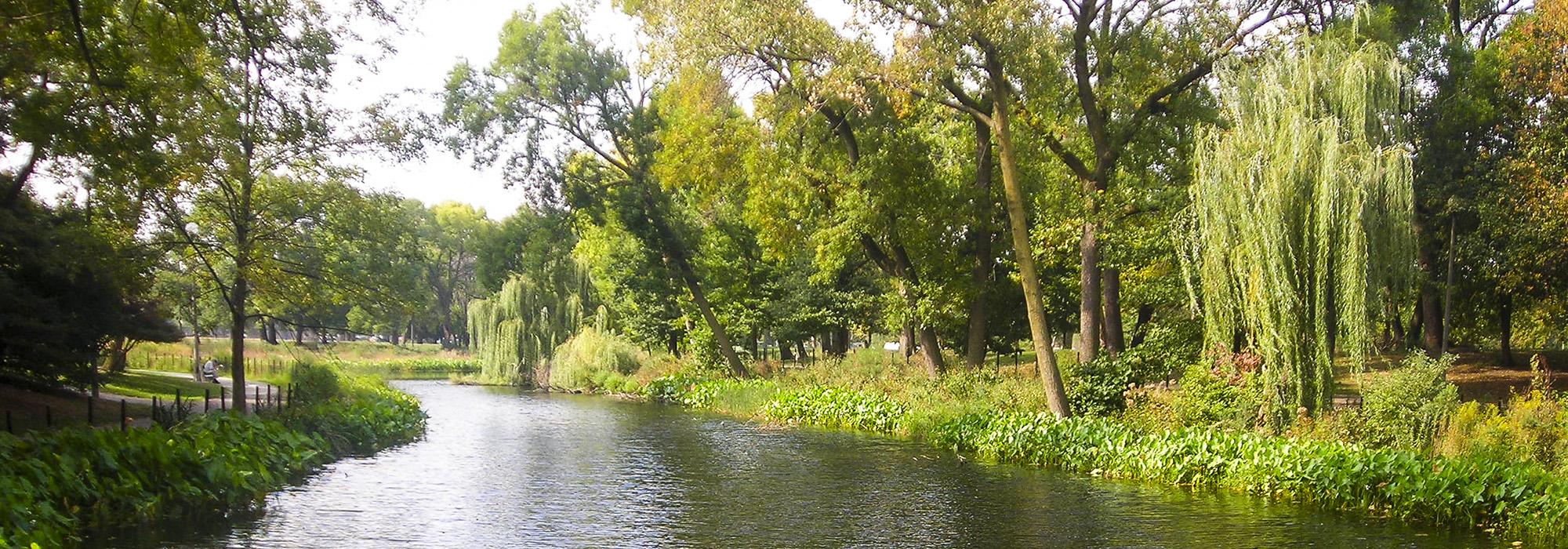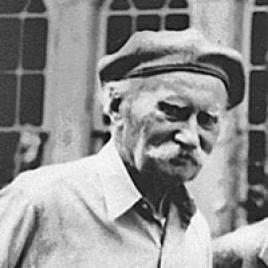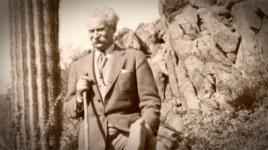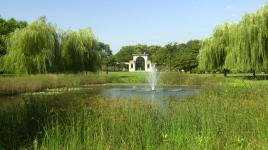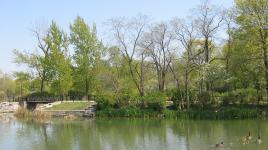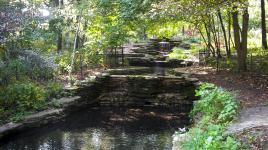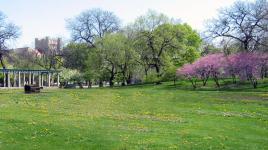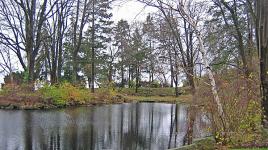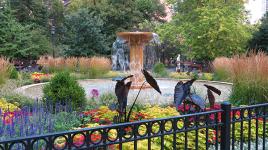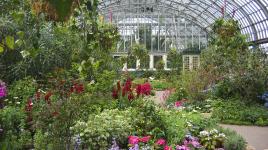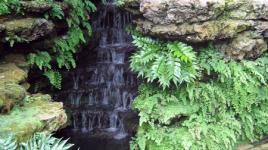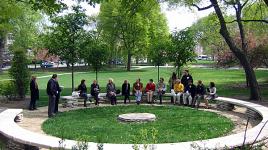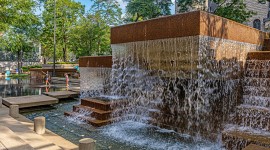Pioneer Information
Immigrating to the United States in 1884 from his native Denmark, Jensen was a key figure in the Chicago Renaissance and, along with O.C. Simonds and Wilhelm Miller, played a prominent role in the creation of a uniquely North American design aesthetic, the Prairie Style. His pioneering work in the Chicago’s West Parks, including the design of Columbus Park and extensive redesign of Humboldt, Garfield and Douglas Parks, was informed by his philosophical belief in the humanizing power of parks and his commitment to working closely with indigenous plants and ecological processes of the region’s prairie landscape. Incorporating such features as wetland gardens known as “prairie rivers” and council rings as places for gathering and performance, Jensen created parks throughout the Midwest as well as numerous residential gardens, including several estates for the Ford family, often in collaboration with leading Prairie School architects. A devout conservationist, Jensen organized movements leading to the creation of the Cook County Forest Preserve District, the Illinois state park system, and the Indiana Dunes State Park and National Lakeshore. As an educator, he developed a holistic curriculum of ecology, horticulture, philosophy, and the arts for his “school of the soil, “The Clearing”, in Ellison Bay, Wisconsin. As a visionary, Jensen’s contributions to the evolution of a distinctly American landscape style is unparalleled.



